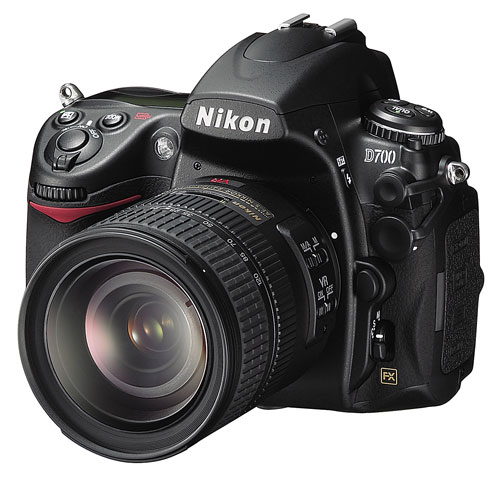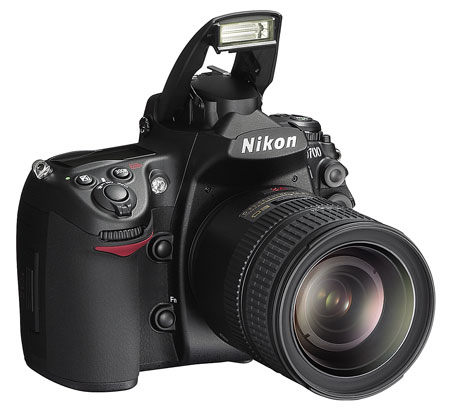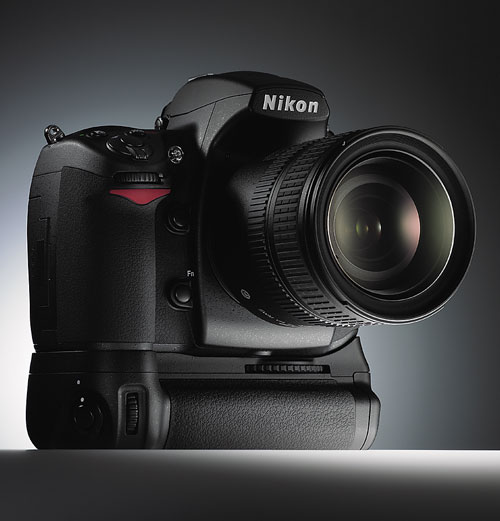Nikon Announces the D700: Second Full-Frame Nikon
by Wesley Fink on July 2, 2008 12:01 PM EST- Posted in
- Digital Camera
The Nikon D300 is currently the darling of the DSLR market. Nikon has built the D300 on a Magnesium frame with weather sealing that makes it the top crop-sensor model, or DX format in Nikon lingo, in their current lineup. It is really a Pro model, but with pricing at the upper end of the prosumer market. This formula has worked well for Nikon. The D300 is selling very, very well. We were not immune to the charms of the D300 as you saw in our blog Singing the Praises of the Nikon D300.
The Nikon D3 has similarly created huge excitement in the full-frame DSLR market, which Nikon calls FX format. It is hard not to notice its stand-out high speed performance - with its normal ISO range to 6400 and expansion to an amazing and usable ISO 25600. There is also the raw speed in image capture to make the most of this amazing sensitivity. The D3 can fire at a blistering 9 fps in full-frame, or up to 11 fps in DX (APS-C) mode.
At $5000 the D3 is something of a value compared to the $8000 Canon 1Ds Mark III, but it really couldn’t compete in value with Canon’s aging full-frame 5D, which is now selling for around $2000, down substantially from the price of $3500 when it was first introduced.
Photo Enthusiasts have been clamoring for another Nikon full-frame to fill that void – a full-frame to fit the space between the $5000 D3 and the $1800 APS-C D300. Clearly Nikon was listening intently to those wishes. Today they announced a new full-frame Nikon D700 that will be available in the market beginning the end of this month.

No one was really surprised that Nikon introduced another FX DSLR as it was widely expected that Nikon would not sit back as Canon introduced the successor to the 5D, likely the 5D Mark II. That introduction is widely expected at Photokina in Germany in late September, but there have been many other expected dates for the 5D successor that have come and gone. The Nikon surprise was the introduction of the D700 NOW, some 3 to 4 months before Photokina. Most expected the cheaper full-frame to be perhaps announced at Photokina, or maybe even later to put some distance between the D3 and D300 introductions late last year.
So what is the D700? In simplest terms take the full-frame FX sensor and electronics from the D3. Put them in the smaller but rugged body of the D300, and add unique 3-phase self-cleaning to the sensor. The result is basically the D700.

This makes the D700 the first full-frame DSLR with a built-in pop-up flash, which will likely be trashed by traditionalists. However, given Nikon’s superb wireless flash system many will welcome the ability to control exterior flashes with the built-in flash, as can be done on the D300.

The D700 also uses the same MB-D10 Battery Grip used by the current D300, and it manages 8 fps full-frame compared to the 9 fps of the D3. There is no DX speed-up, however, and 8 fps is the top speed. Put this in perspective by comparing it to the Canon 5D at 3 fps.










20 Comments
View All Comments